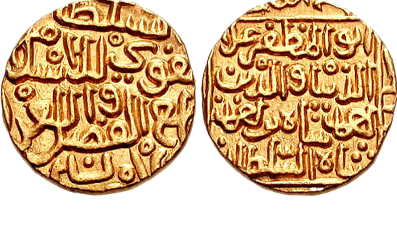Pictures
Vamsi Rimmalapudi, CC BY-SA 2.0
The king was at the apex of administration, and several ministers and officials assisted him. The administrative system was similar to that of the Delhi sultanate. The ministers and officials in the kingdom were Wakil (Prime Minister), Wazir (Minister), Dabir (Secretary), Sarhaddar (Warden of Marches), Qiladar (Commander of Fortresses), Bakshi (paymaster), Qazi (Judge), Mufti (interpreter of law), Kotwal (police), and Muhtasib (censor of public morals). Some other influential ministers in this period include viz. Barbak, the king’s private secretary, Hajib-I-Khas, the Lord Chamberlain, and Sarpardar, the Master of Ceremonies, etc.
During the reign of Muhammad I, the kingdom was divided into four atrafs or provinces. These provinces had their headquarters at Daulatabad, Berar, Bidar, and Gulbarga. Each province was placed under the charge of the governor. The nomenclature for the governor varied in different provinces. These were Musnad-i-Ali in Daulatabad, Majlis-i-Ali in Berar, Azam-i-Humayun in Bidar and Malik Naib in Gulbarga. The troops came directly under the king and consisted of yakka jawanan or silahdaran. The bodyguards of the king were referred to as Khasakhel. Amirul Umara was the commander in chief of the army. Barbardaran were the officers responsible for mobilizing troops whenever the situation demanded. Munhiyan were the secret service agents of the Bahmani kings who kept him informed about the developments both within and outside the kingdom. There are plenty of inscriptions that speaks of lease of temple lands suggesting that it was a significant system of land tenure but scholars are not certain on this.
